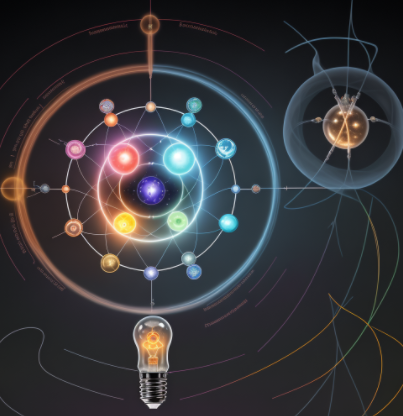Use of AI in Education
Overview
Artificial Intelligence (AI) has rapidly integrated into various aspects of our lives, and education is no exception. The use of AI tools, such as ChatGPT, in educational settings has sparked a heated debate among educators, students, and policymakers. This document explores the implications of allowing students to use AI tools for assignments and the broader impact of this technology on learning environments.
AI, or Artificial Intelligence, refers to computer systems designed to perform tasks that typically require human intelligence. These tasks include learning, problem-solving, language processing, and decision-making. In the context of education, AI tools like ChatGPT can generate human-like text, answer questions, and even complete assignments based on given prompts.
The integration of AI in education presents both opportunities and challenges. On one hand, these tools can enhance learning experiences, provide personalized assistance, and prepare students for a technology-driven future. On the other hand, concerns arise about academic integrity, the development of critical thinking skills, and the potential overreliance on technology.
As we delve into this topic, we’ll explore various aspects of AI in education, including its benefits, drawbacks, ethical considerations, and potential long-term impacts on learning and skill development. This exploration will help students, educators, and policymakers make informed decisions about the role of AI in educational settings.
Use of AI in Education: Should schools allow students to use AI tools like ChatGPT for assignments? The content contains 12 summaries with 12 assessments, rubric, and activities. $2 Resource Link.
The integration of AI tools in education has raised significant concerns about academic integrity. As these tools become more sophisticated, capable of generating essays, solving complex problems, and even coding, there’s a growing worry about their potential misuse for cheating or plagiarism. Addressing these concerns is crucial for maintaining the integrity and value of education in an AI-enhanced learning environment.
One of the primary challenges is defining what constitutes cheating or plagiarism when using AI tools. Unlike traditional forms of academic dishonesty, the use of AI tools often involves generating original content rather than copying existing work. This blurs the lines of what is considered acceptable use versus academic misconduct. Educators and institutions need to develop clear guidelines and policies regarding the use of AI tools in academic work.




